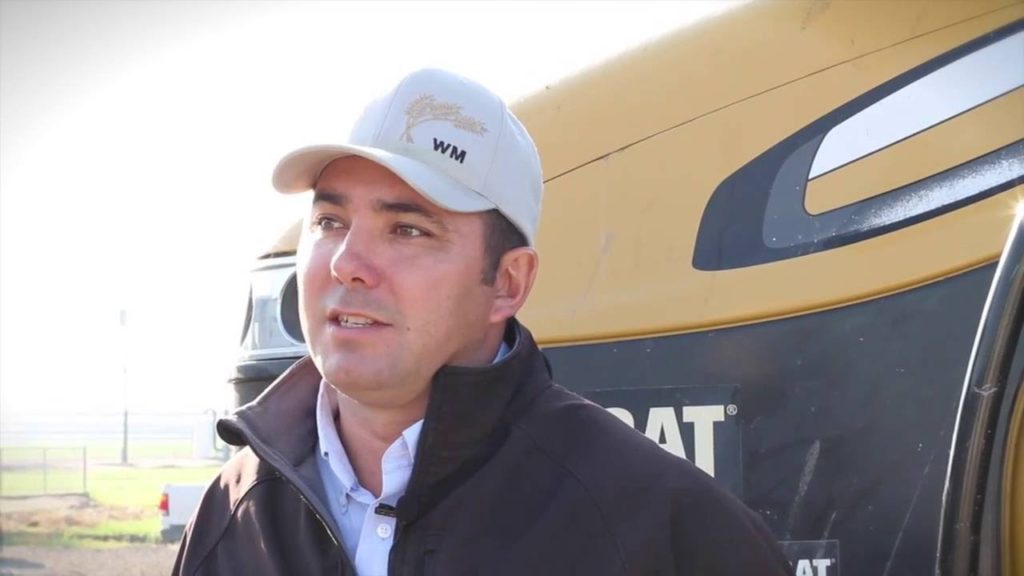Going Underground: Irrigation Breakthroughs in Drought-Stricken California
Flood irrigation has been one of the biggest casualties of drought and general efforts to reduce water consumption. The age-old method is frequently being replaced by subsurface irrigation (SDI). Yet, effluent—used at most dairies as a fertilizer—has frequently clogged SDI’s...

Going Underground: Irrigation Breakthroughs in Drought-Stricken California
Flood irrigation has been one of the biggest casualties of drought and general efforts to reduce water consumption. The age-old method is frequently being replaced by subsurface irrigation (SDI). Yet, effluent—used at most dairies as a fertilizer—has frequently clogged SDI’s...Flood irrigation has been one of the biggest casualties of drought and general efforts to reduce water consumption. The age-old method is frequently being replaced by subsurface irrigation (SDI). Yet, effluent—used at most dairies as a fertilizer—has frequently clogged SDI’s underground lines. That is, until recently.
A test of new SDI technologies at De Jager Farms, a 17,000-acre operation, supplying feed to some 25,000 dairy cows in California’s Central Valley, has shown considerable promise solving the clogging problem.
Working with drip-irrigation pioneer Netafim and Sustainable Conservation, a nonprofit organization focused on environmental concerns, De Jager has hosted the pilot project for the past two-plus years. Via proprietary technologies, the test has harnessed electrical conductivity and other methods to maintain the appropriate levels of effluent and keep the lines open.
It’s been an auspicious beginning, say those involved in the study, in which effluent was applied via SDI in a 40-acre field of corn. An adjacent 40-acre control plot received a synthetic fertilizer, which was also applied via drip tape. Not only did the use of on-farm nutrients eliminate $200-plus in synthetic fertilizer expenses per acre, the field with effluent applied in SDI showed yields 25 to 30% greater than the control plot.
Says Nate Ray, the De Jager farm manager, there’s not only more crop per acre, the corn is also higher quality. In addition, consider that crops grown with SDI, with or without effluent, require some 30% less water than flood irrigation, which has historically been the practice of choice for many dairies in the Central Valley and elsewhere.
Implementing SDI has, however, created an even greater need to reduce compaction. Ray found the solution in the form of a Challenger® MT865D. “We chose this Challenger track machine for our minimum-tillage operations,” says Ray, “and basically it was to reduce our compaction and just to give us more power to the ground.”
The recent drought has made the expansion of SDI and the effluent test all the more critical. “For the last four years,” Ray says, “we’ve been in the midst of one of the most historic droughts. The drought and the subsequent heat that’s come with it, it’s basically put a real strain on our water supply.”
All involved agree that protecting that precious resource and producing food are critical. Projects like this one at De Jager help farmers do both.



